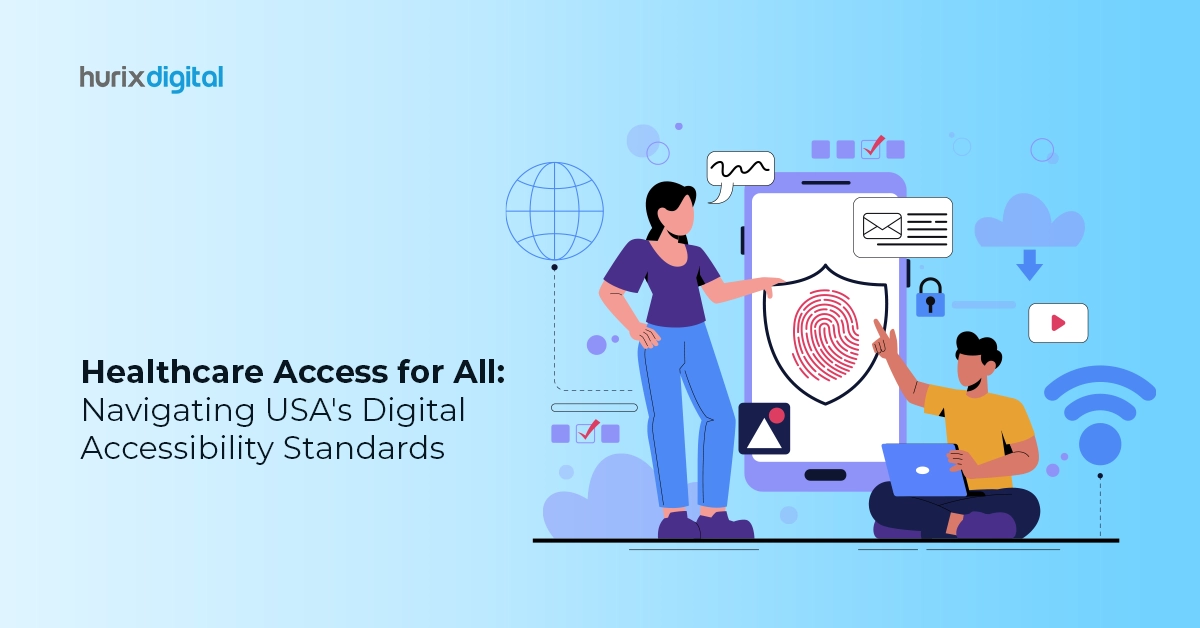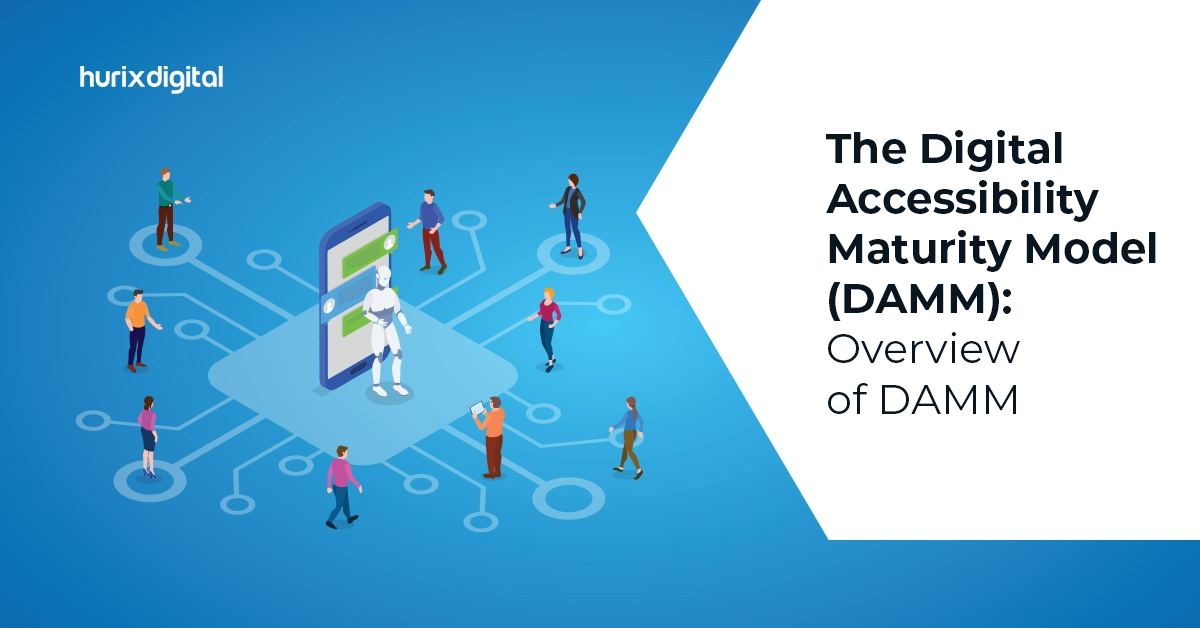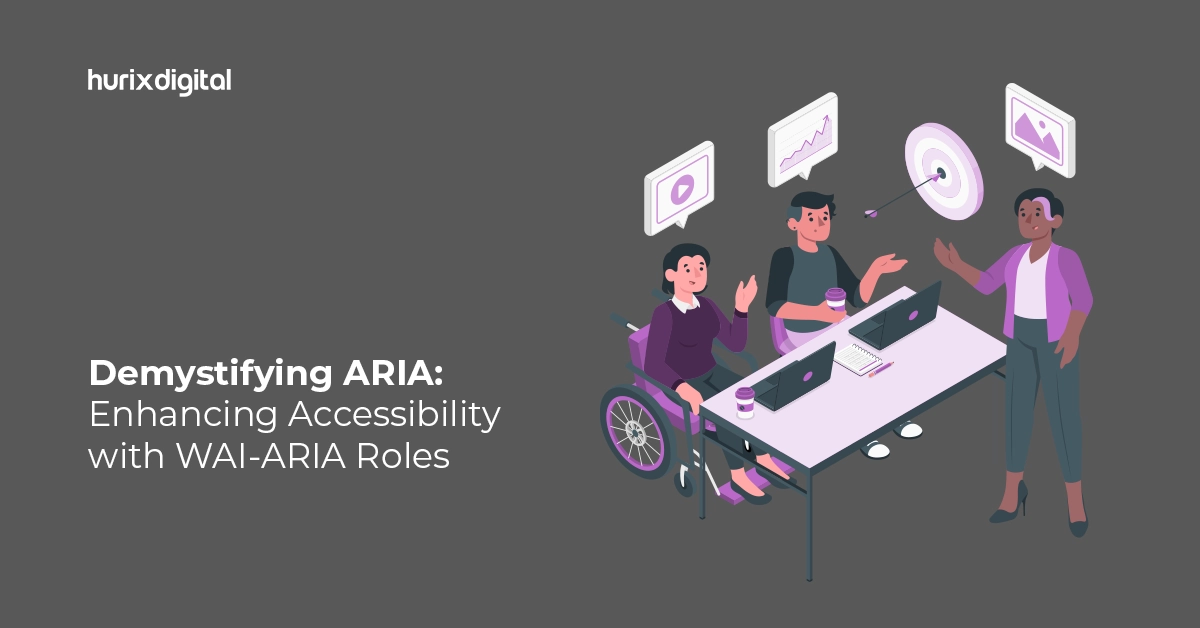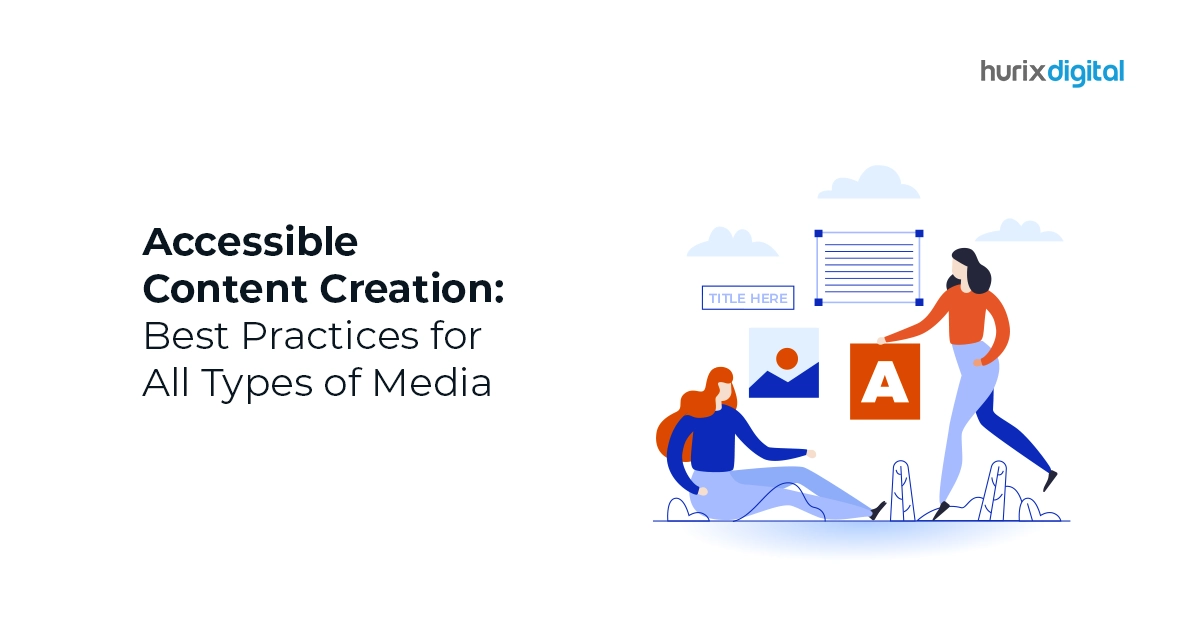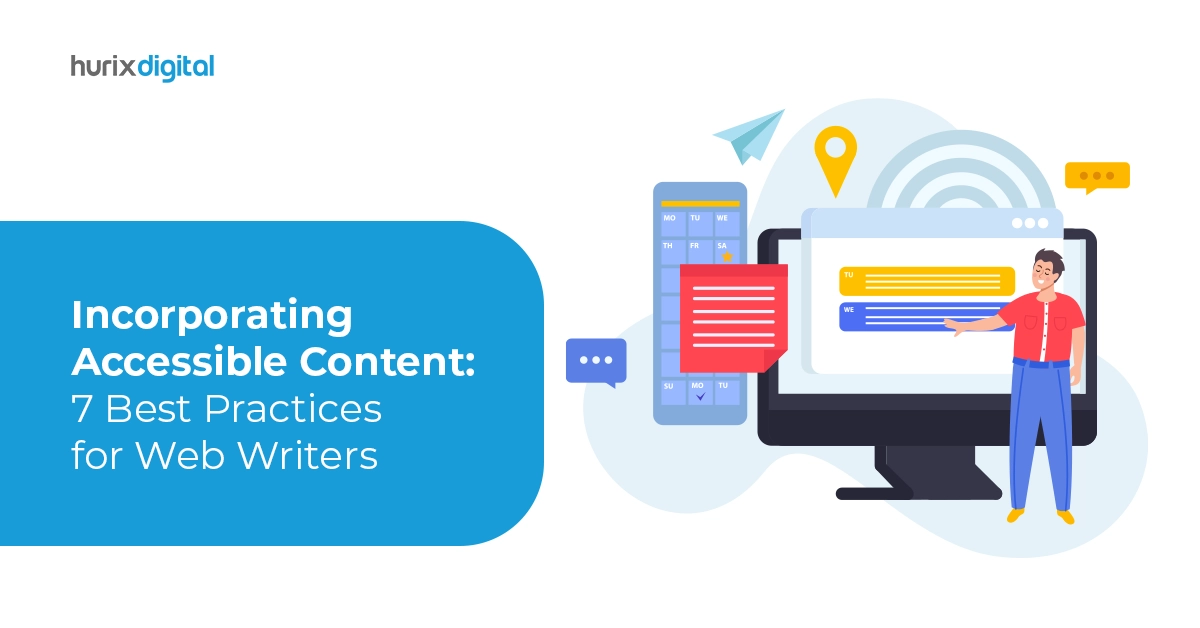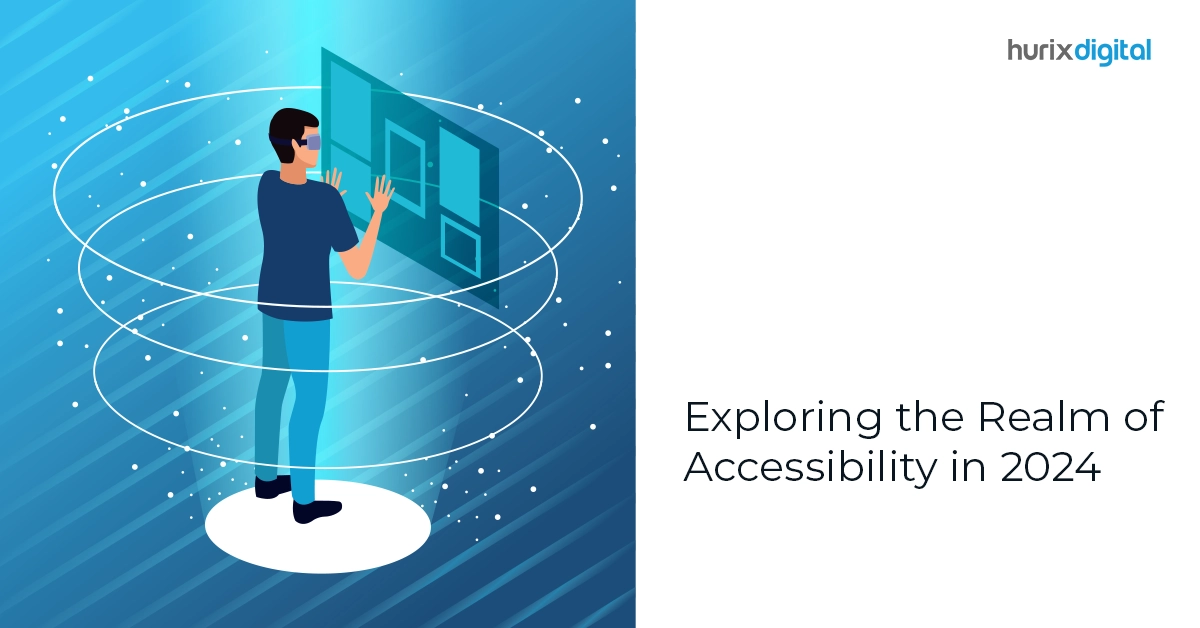Summary
Discover how digital accessibility standards impact healthcare access in the USA. Explore the challenges and solutions for ensuring inclusive healthcare services for all, regardless of ability. Learn about the importance of compliance with accessibility guidelines and how it enhances patient care and equity in the healthcare system.
Healthcare is one of the basic needs and rights of humanity. And it is the last place for discrimination. In this modern tech-driven world, more and more healthcare services are relying on digital platforms to help us with ease of access to their portals, medicines, teleconsultations, etc. But what about those with disabilities? Can they access the same portals and services with equal ease?
The US government has come up with several guidelines and compliances that will ensure that healthcare accessibility is maintained in all the digital platforms for a health service provider.
In this blog, we will learn about the digital accessibility standards in healthcare, basic guidelines to follow to make your healthcare content accessible, and how digital accessibility can benefit healthcare organizations.
Table of Contents:
- Digital Accessibility Standards in Healthcare
- ADA Compliance in Healthcare
- How Can Digital Accessibility Benefit Healthcare Organizations?
- Who Can Benefit from Health Information Accessibility?
- The Importance of Healthcare App Accessibility
- Some Inclusive Healthcare Design Guidelines to Follow
- Summing Up
Digital Accessibility Standards in Healthcare
Digital accessibility is an inclusive design by which technology, products, or environment, like web content, apps, etc, are created in such a way that it doesn’t impede people with disabilities from using it. It can be obtained by following the WCAG, Section 508 accessibility standards, and ADA compliances.
Let us briefly define each below:
- WCAG (Web Content Accessibility Guidelines) is a set of guidelines that define how to make online or web content more accessible to people with disabilities.
- Section 508 states that federal agencies are required to make their electronic and information technology accessible to people with disabilities.
- The ADA (Americans with Disability Act) is a civil rights act for people with disabilities in the United States.
ADA Compliance in Healthcare
ADA stands for the Americans with Disabilities Act. It is a civil rights act for people with disabilities in the United States. This empowers them against discrimination and gives them access to all public programs and services with equal opportunities.
ADA Compliance refers to creating web content that provides accessibility to those who are disabled or need assistive technology (such as screen readers, text-to-speech, color contrast options, etc). The ADA tries to ensure that the Internet is an inclusive space and that everyone can access it.
In the healthcare sector, being ADA-compliant would make your digital content accessible to a wide variety of people who need it. This would include patients who are sick or are suffering from chronic illnesses that cause muscle weakness, headaches, sensory issues, etc.
Also Read: How Vital is Web Accessibility in The Digital World?
How Can Digital Accessibility Benefit Healthcare Organizations?
A holistic digital accessibility can benefit healthcare leaders in more ways than we think.
- It helps comply with regulatory mandates. This will keep you updated as per the WCAG, ADA, and other relevant compliances. Thus safeguarding you from audits.
- It mitigates legal risks. Ignoring digital accessibility in healthcare may lead to potential accessibility lawsuits filed by customers.
- It improves the institution’s brand reputation as inclusive, patient-centered, and equipped with modern amenities.
- It leads to greater market reach. According to a Forbes article, the disabled population is about 15% of the global population. And it has a spending power of more than $6 trillion. Quite naturally, having digital accessibility will only increase your market share.
Who Can Benefit from Health Information Accessibility?
There are a lot of stakeholders who can benefit from health information accessibility. If you think it is only for those who are disabled to benefit from this, it won’t be entirely correct.
Let us see who can benefit from this accessibility.
- Any person who has undergone medical treatment or has a medical history and needs to access information related to their treatment
- Medical staff members
- Attorneys
- Family members of patients
- Other medical professionals
All of these people might find it necessary to interact with your website or app at some point or the other for several possible reasons.
The Importance of Healthcare App Accessibility
Telemedicine has become more popular than ever, especially since the COVID-19 pandemic. In certain cases, it has become a life-sustaining need. However, many such apps that provide these services are not even accessible to those who perhaps need them the most.
Even for people with no disabilities, it is important to have a digital healthcare platform that can be accessible. Let us look at some common scenarios where one might need digital accessibility:
- Someone suffering from an eye infection affecting their readability can benefit from designs created for the visually impaired.
- Older people with limited vision can benefit from increased font size. An elderly patient may struggle to book an online appointment due to shaky hands that cannot tap tiny buttons on a screen.
- A patient with an injured hand or who has limited mobility may not be able to use a computer mouse to look for information.
All these examples show that there are several scenarios where people will need your digital content to have accessibility options. They show how any individual’s experience can be improved by apps or content that is created to be digitally accessible.
Some Inclusive Healthcare Design Guidelines to Follow
Some of the basic guidelines that you must keep in mind while developing your web content or app:
- Keep the content and navigation easy to use. Try to make as much content accessible through the keyboard.
- Make sure to use an inclusive color palette for your web design to make sure it is color accessible.
- Make content easy to interact with when using a mouse or touch screens.
- Use plain and easy-to-use language.
- Provide alternative text for images and visual explanations or text for audio clips. In case it is a visual message then provide text and audio alternatives like screen readers.
- Ensure content is supported without a computer monitor or display.
- Use scalable assistive technologies to navigate and access content.
- Regularly test your website’s accessibility and remain updated as per the WCAG standards.
Also Read: Accessibility for Masses – Know How Hurix Digital Comes in
Summing Up
Digital accessibility is not anything that is just nice to have anymore. It has become the need of the hour. It can not only prevent you from hefty fines but will also help you build a major market share of a loyal patient base. So don’t compromise on your accessibility standards and be among the leading healthcare providers by setting an example of inclusivity for all.
At Hurix Digital, we develop technologies keeping the latest accessibility guidelines in mind that help our clients stand apart from the competition.
Get in touch with us now and make your apps and portals digitally accessible today.


